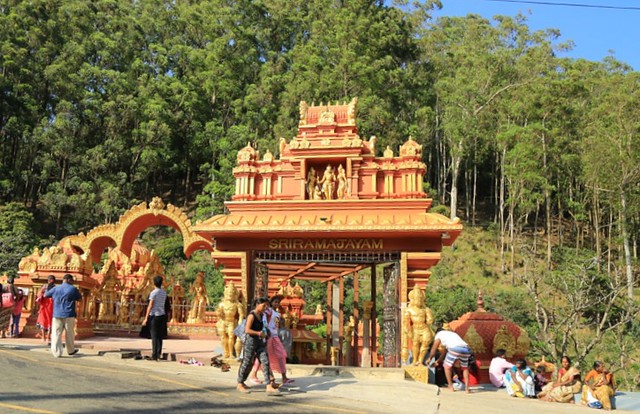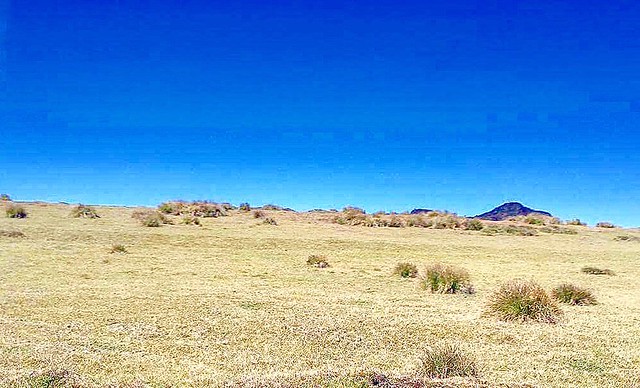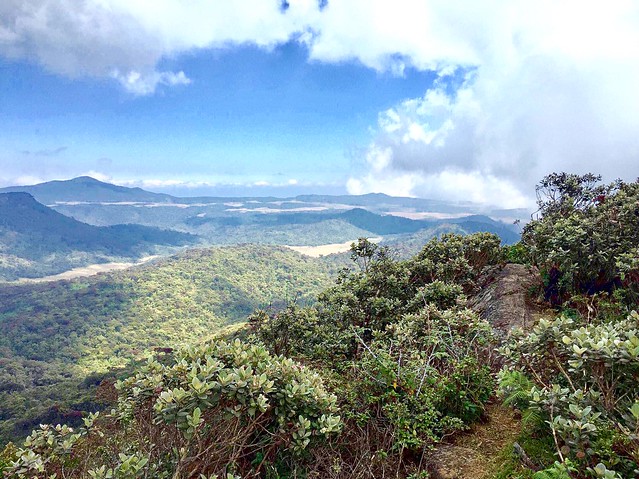Demi Perera is back with another instalment in her Nuwara Eliya series and her list of the five most amazing things to do in this beautiful region of Sri Lanka.
If you scratch just beneath the surface of Nuwara Eliya, the landscape begins to whisper. Stay very still and the whistling winds will carry secrets of the hills to you, provided you’re willing to listen. It is near impossible to avoid the allure of tea plantations (which are inconceivably beautiful) and the chance to photograph the tokenised smiling faces of poverty within them. However, if you would like a more mindful experience here is a list of ways you can have a more discerning connection with Nuwara Eliya.
Visit Seetha Amman Temple
This modest temple sits in the village of Seetha Eliya five kilometres from Nuwara Eliya along the route to Kandy. Legend has it that this is the very same place where Sita was held captive by King Ravana. It is thought that Sita prayed and meditated here while she waited to be rescued. Devotees believe that she bathed in the stream which runs alongside. The presence of indentations in the rocks are thought to be Hanuman’s footprints. Some are small and others larger and this is said to demonstrate the powers of Hanuman to transform himself into any size. Time your visit well and you may see one of the many Tamil wedding parties who stop here for pujas held at 8am, 1pm, 2pm and 6pm.
Encounter Horton Plains
This national park which is a UNESCO World Heritage Site sits halfway between Nuwara Eliya and Haputale. Locally known as Maha Eliya Plains it is easy to understand why ancient kings fiercely guarded this kingdom. Headwaters of three major Sri Lankan rivers – Mahaweli, Kelani, and Walawe are all here. Furthermore, the southern plateau of Horton Plains has seen the discovery of prehistoric human tools. It is believed that hunter-gatherers visited the plains to hunt wild cattle, sambur and deer.
Hike Kirigalpotta Mountain
Set off at dawn to hike off the beaten track and climb Sri Lanka’s second highest peak Kirigalpotta Mountain. The trail to the summit is considered a fairly difficult hike. It passes through rocks, a savanna, a dark forest and plains and can take five to six hours to complete. Proceed with great caution and obey the law of the natural forest as the area is home to leopards.
Taste the Fruits of the Land
Needless to say the fertile soil in Nuwara Eliya is conducive to growing food in abundance. The daily market bursts at the seams with locally grown produce such as kesel muwa (banana flower), pathola (snake gourd) and tens of varieties of greens. Vegetable stalls in particular are a riot of colour with fruit and veg neatly stacked in mixed piles of no particular order. The rest of the island regards produce here to be superior due to the highland climate. So if you’re lucky enough to be here be lucky enough to eat the local produce.
Revive the Dying Art of the Betel Chew
Although Betel leaf chewing is not particular to Nuwara Eliya it is no longer as common as it used to be. Yet, it was an integral part of Sri Lankan society. It is however, more prevalent in the highlands. I was pleasantly surprised to see the neatly arranged Betel leaves (always facing outwards) in Nuwara Eliya complete with a pile of Areca nut. A ‘chew’ of betel or a bulath vita typically consists of the leaf, some shavings of puwak (areca nut), a piece of dried of tobacco and a pinch of hunu (lime or calcium hydroxide) to help absorb active ingredients into the blood stream. Experience the natural high of the chew but be warned that it turns your mouth red.
Stay tuned for more posts coming soon in this series about Nuwara Eliya.


























